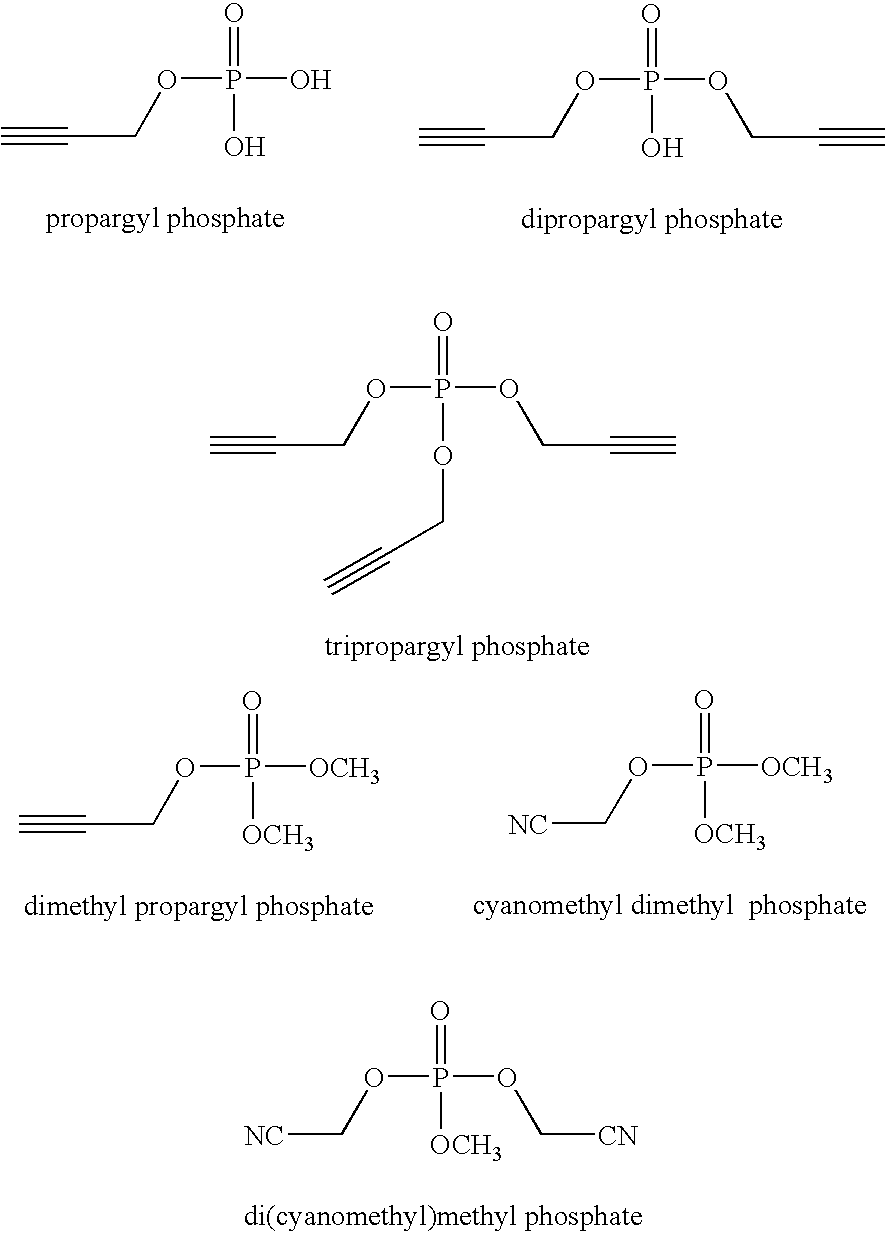Phosphate additives for nonaqueous electrolyte rechargeable electrochemical cells
a rechargeable alkali metal and phosphate additive technology, applied in the direction of non-aqueous electrolyte cells, cell components, electrochemical generators, etc., can solve the problems of unavoidable formation of surface films in alkali metal systems, affecting the efficiency of electrochemical cells, etc., to achieve acceptable cycling efficiencies, reduce the irreversible capacity of first cycle, and protect from reaction with other electrolyte components
- Summary
- Abstract
- Description
- Claims
- Application Information
AI Technical Summary
Benefits of technology
Problems solved by technology
Method used
Image
Examples
Embodiment Construction
[0012]A secondary electrochemical cell constructed according to the present invention includes an anode active material selected from Groups IA, IIA, or IIIB of the Periodic Table of Elements, including the alkali metals lithium, sodium, potassium, etc. The preferred anode active material comprises lithium.
[0013]In secondary electrochemical systems, the anode electrode comprises a material capable of intercalating and de-intercalating the alkali metal, and preferably lithium. A carbonaceous anode comprising any of the various forms of carbon (e.g., coke, graphite, acetylene black, carbon black, glassy carbon, etc.), which are capable of reversibly retaining the lithium species, is preferred. Graphite is particularly preferred due to its relatively high lithium-retention capacity. Regardless of the form of the carbon, fibers of the carbonaceous material are particularly advantageous because the fibers have excellent mechanical properties that permit them to be fabricated into rigid e...
PUM
| Property | Measurement | Unit |
|---|---|---|
| temperatures | aaaaa | aaaaa |
| temperature cycleability | aaaaa | aaaaa |
| temperatures | aaaaa | aaaaa |
Abstract
Description
Claims
Application Information
 Login to View More
Login to View More - R&D
- Intellectual Property
- Life Sciences
- Materials
- Tech Scout
- Unparalleled Data Quality
- Higher Quality Content
- 60% Fewer Hallucinations
Browse by: Latest US Patents, China's latest patents, Technical Efficacy Thesaurus, Application Domain, Technology Topic, Popular Technical Reports.
© 2025 PatSnap. All rights reserved.Legal|Privacy policy|Modern Slavery Act Transparency Statement|Sitemap|About US| Contact US: help@patsnap.com



